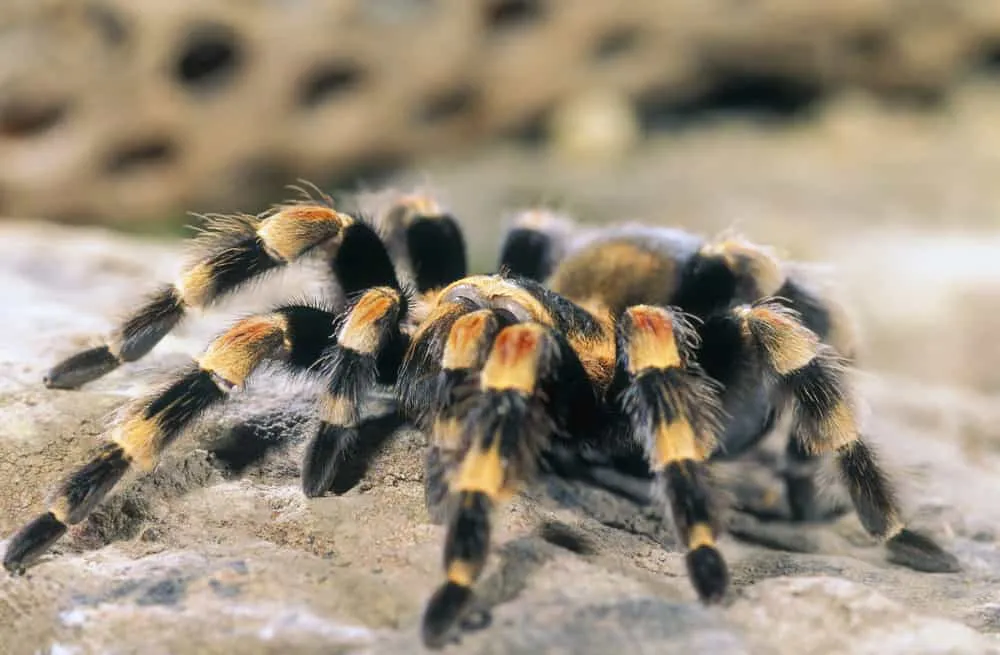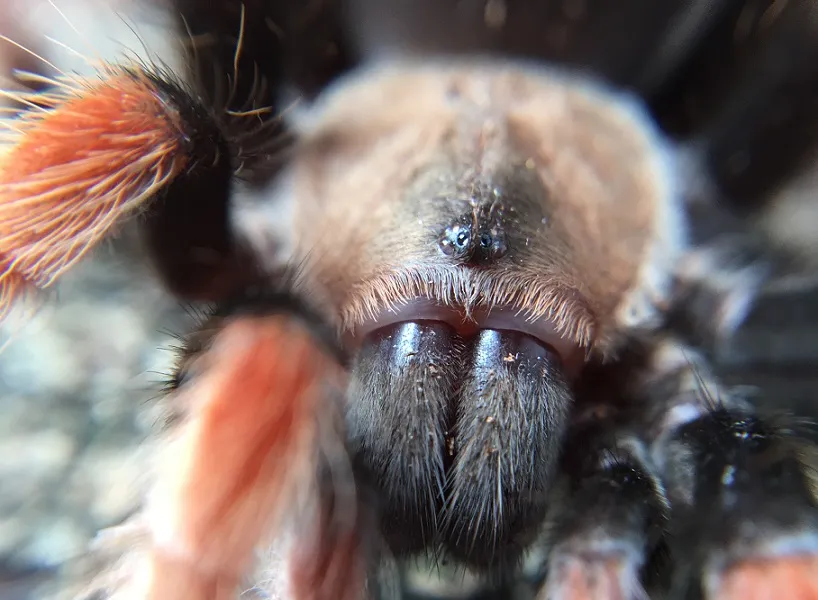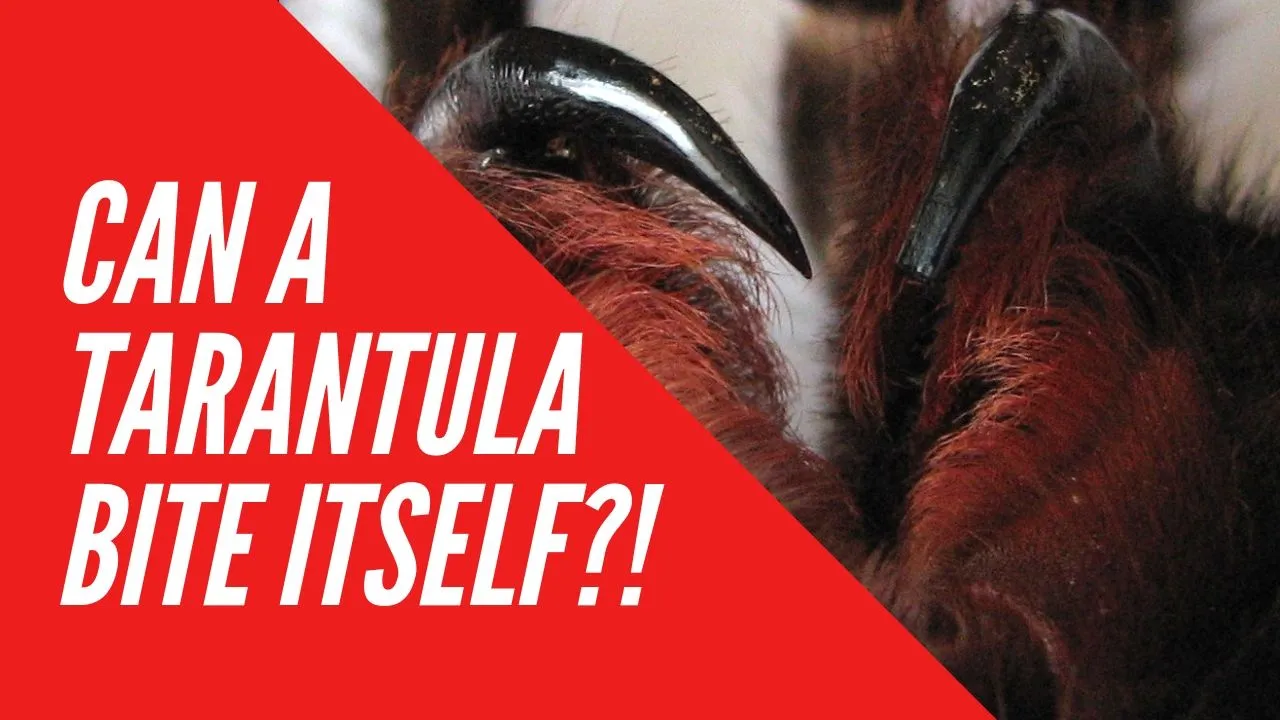Debunking Tarantula Bite Myths
Tarantulas, with their impressive size and often hairy appearance, can evoke a mixture of fascination and fear. One of the biggest contributors to this fear is the misconception surrounding their bites. Many myths circulate about tarantula behavior, leading to unnecessary anxiety and even the mistreatment of these fascinating creatures. This article aims to debunk the top five myths about tarantula bites, providing accurate information based on scientific research and expert observations. Understanding the truth about tarantula bites is crucial for anyone interested in these spiders, whether as a pet owner, a researcher, or simply someone curious about the natural world. By dispelling these myths, we can foster a more informed and respectful appreciation for tarantulas.
Myth 1 All Tarantulas Are Aggressive
One of the most pervasive myths is that all tarantulas are inherently aggressive and prone to biting. This couldn’t be further from the truth. While tarantulas are predators, their behavior varies significantly depending on the species, individual temperament, and environmental factors. Many species are quite docile and prefer to flee or use other defense mechanisms, such as flicking urticating hairs, rather than bite. The notion that all tarantulas are aggressive stems from a misunderstanding of their natural instincts and a lack of understanding of their diverse personalities. It is important to remember that, like any animal, tarantulas have individual personalities. Some may be more skittish and defensive, while others are remarkably calm and tolerant of handling.
Why This Myth Persists

The myth of the aggressive tarantula is often perpetuated by sensationalized media portrayals and a general lack of knowledge about these spiders. Movies and television shows frequently depict tarantulas as menacing creatures, ready to attack at any moment. This creates a biased perception that is not reflective of reality. Furthermore, the public often confuses defensive behaviors, such as raising their front legs or displaying their fangs, with aggression. These are actually warning signs, indicating that the tarantula feels threatened and is preparing to defend itself, not necessarily initiating an attack. Additionally, inexperienced handlers may misinterpret a tarantula’s body language, leading to unnecessary stress for the spider and a heightened perception of aggression.
The Reality of Tarantula Temperament
The reality is that many tarantula species are relatively docile. Some popular pet species, like the Chilean rose hair tarantula (Grammostola rosea), are known for their gentle nature. When threatened, these tarantulas often prefer to run and hide rather than bite. Different species have different temperaments, and even within a species, individual personalities vary. Factors such as age, sex, and the environment can influence a tarantula’s behavior. Proper handling techniques and a calm approach can significantly reduce the likelihood of a bite. Understanding a tarantula’s body language and providing a safe and comfortable environment are key to minimizing any potential conflict.
Myth 2 Tarantula Bites Are Always Dangerous
Another common misconception is that all tarantula bites are extremely dangerous, leading to severe medical complications. While a tarantula bite can be unpleasant, the vast majority are not life-threatening to humans. Tarantula venom is generally not highly toxic to humans. The effects of a bite are typically similar to a bee sting, causing localized pain, redness, and swelling. However, the severity can vary depending on factors such as the species of tarantula, the amount of venom injected, and the individual’s sensitivity.
Severity of Tarantula Bites

The symptoms of a tarantula bite usually include immediate pain at the bite site, followed by redness, swelling, and itching. Some individuals may experience muscle cramps, nausea, or headache. In rare cases, an allergic reaction may occur, leading to more serious symptoms like difficulty breathing. The severity of the bite also depends on the size and species of the tarantula. Larger tarantulas may inject more venom, potentially causing more pronounced symptoms. It’s important to note that the fangs themselves can cause a puncture wound, which may require cleaning and care to prevent infection, regardless of the venom’s effects. If you are bitten, it’s essential to monitor the symptoms and seek medical attention if they worsen or if you experience any signs of a severe allergic reaction.
First Aid and Treatment
The first step in treating a tarantula bite is to remain calm. Wash the bite area thoroughly with soap and water to prevent infection. Apply a cold compress or ice pack to reduce pain and swelling. Over-the-counter pain relievers, such as ibuprofen or acetaminophen, can help manage the discomfort. If you experience severe symptoms, such as difficulty breathing, swelling of the face or throat, or dizziness, seek immediate medical attention. A healthcare professional may administer antihistamines or other medications to alleviate the symptoms. Ensure the wound is kept clean and dry to prevent infection. For most bites, symptoms subside within a few days, but medical advice should always be sought if there are any concerns.
Myth 3 All Tarantulas Have the Same Venom
The belief that all tarantulas possess the same type and potency of venom is inaccurate. Tarantula venom composition varies significantly between species. Some tarantulas have relatively weak venom, while others have more potent venom. The effects of a bite depend on the specific venom injected and the individual’s response to it. This myth overlooks the remarkable biodiversity within the tarantula family and the intricate differences in their biological makeup. The venom serves various purposes, including subduing prey and defense against predators. The study of tarantula venom is an active area of research, with scientists continuously uncovering new insights into its composition and effects.
Variations in Venom Potency

The potency of tarantula venom can range from mild to moderate. Factors such as the species’ diet, environment, and evolutionary history play a role in determining the venom’s toxicity. Generally, the venom is designed to immobilize or kill small prey, like insects. The effects of the venom on humans are usually less severe than on their prey. Some species, such as those from the Old World, are known to have more potent venom than others, while others, such as the New World species, have comparatively milder venom. Even within the same species, individual tarantulas may exhibit variations in venom potency due to factors such as age, health, and overall condition.
Species-Specific Differences
Understanding the species-specific differences in venom is critical for tarantula keepers and researchers. The venom of certain tarantula species might cause more severe symptoms, while others may cause minimal discomfort. Before handling a tarantula, it’s essential to research its specific species to understand its behavior and potential risks. Information on species temperament and venom potency can be found in various resources, including scientific publications and reputable online databases. Responsible tarantula keeping involves recognizing that no two species are identical. Knowledge empowers keepers to handle tarantulas safely and with respect. Researching the origin and evolutionary history of the tarantula can also shed light on its defensive strategies, providing a deeper understanding of potential bite risks.
Myth 4 Tarantulas Bite as a First Defense
This myth suggests that tarantulas immediately resort to biting when threatened, which is not accurate. Tarantulas have a variety of defense mechanisms, and biting is usually a last resort. Their primary defense involves behaviors like fleeing, hiding, or flicking urticating hairs. Biting is typically reserved for situations where the tarantula feels cornered or severely threatened, and other defense mechanisms have failed. The reason for using other defenses first is that biting is a significant cost to the tarantula. The fangs can be damaged during a bite, and it expends precious venom, which takes energy to replenish. Understanding tarantula defensive behaviors helps to respect these animals and avoid actions that might provoke a bite.
Alternative Defense Mechanisms

Tarantulas employ various defense mechanisms. The most common includes fleeing, which is often their first response to a perceived threat. Many tarantulas have urticating hairs on their abdomen, which they can flick towards a perceived threat, causing intense itching and irritation. They also use their size and intimidating appearance to discourage predators. Some tarantulas will raise their front legs, exposing their fangs as a warning, or they may hiss to appear more menacing. Some species may also release a foul-smelling liquid to deter potential attackers. These defense mechanisms often serve the purpose of avoiding a bite and conserving venom. These diverse defensive strategies reflect tarantula adaptability and their ability to survive in various environments.
When Bites are More Likely
Bites are more likely to occur when a tarantula feels trapped, cornered, or directly threatened. This can happen if the spider is mishandled, or if its enclosure is disturbed. A tarantula that is being held or has been touched by an individual who is not familiar with how to handle a tarantula is also more likely to bite. Also, during molting, tarantulas are particularly vulnerable and defensive. It’s also important to avoid sudden movements and loud noises near the tarantula’s enclosure, as these can startle the spider and provoke a defensive response. Careful handling, a calm environment, and respect for the tarantula’s space are the best ways to minimize the risk of being bitten. Proper research of the species and its behavior is an essential part of tarantula ownership and handling.
Myth 5 Tarantulas Bite Frequently
The perception that tarantulas bite frequently is a widespread myth. In reality, tarantulas generally prefer to avoid conflict and will only bite as a last resort. The frequency of bites is remarkably low, especially in pet tarantulas that are properly handled and housed. This myth often stems from a misunderstanding of tarantula behavior and a lack of awareness about responsible handling techniques. A well-cared-for tarantula, housed in a suitable environment and handled with respect, is unlikely to bite. Understanding the factors that influence tarantula behavior can significantly reduce the risk of being bitten and dispel the myth of frequent biting.
Factors Influencing Bite Frequency

Several factors can influence the likelihood of a tarantula biting. Stress, fear, and perceived threats are the primary drivers. If a tarantula feels cornered, it’s more likely to bite. Poor handling practices, such as grabbing or squeezing the spider, significantly increase the risk. A tarantula that is unwell or molting is also more defensive. The environment also plays a role. A crowded or otherwise inadequate enclosure can lead to stress, making the tarantula more prone to defensive behavior. The tarantula’s species and temperament are also factors. Some species are inherently more docile than others. Careful research on species-specific behaviors is vital for reducing the chance of a bite. When it comes to bite frequency, understanding the key factors is essential.
How to Minimize Bite Risk
Several measures can minimize the risk of being bitten by a tarantula. Firstly, research the specific species of tarantula you’re handling. Understanding its temperament, defensive behaviors, and venom potency is vital. Handle the tarantula calmly and slowly, avoiding sudden movements or loud noises. Always support the tarantula’s body, and never try to grab or restrain it. Make sure the enclosure is secure and provides a suitable environment to reduce stress. If the tarantula is showing defensive signs, such as raising its front legs, stop handling it immediately. The most important approach is to always respect the tarantula’s space and its warning signals. Use proper tools and techniques when necessary, and always wash hands before and after handling the tarantula. Never put your face near the tarantula.
Conclusion
Dispelling myths surrounding tarantula bites is essential for fostering a more accurate understanding of these amazing creatures. The top five myths—that all tarantulas are aggressive, their bites are always dangerous, they all have the same venom, they bite as a first defense, and they bite frequently—are largely unfounded. By understanding the reality of tarantula behavior, the varying potencies of their venom, and the various defense mechanisms they use, it’s possible to reduce the risks associated with these spiders and appreciate them better. Whether you are a seasoned pet owner, an aspiring enthusiast, or just curious about tarantulas, take the time to be informed and handle them responsibly. This way, you’ll ensure the safety and well-being of both the tarantula and yourself.
